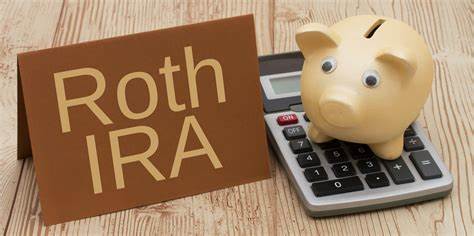🔁 What Is a Simultaneous 1031 Exchange?
A simultaneous 1031 exchange allows real estate investors to sell one investment property and acquire another at the same time, deferring capital gains taxes under Section 1031 of the Internal Revenue Code. It’s the most straightforward type of 1031 exchange, but it requires precise coordination between the buyer, seller, and intermediary. The simultaneous exchange is when the relinquished property is sold and the replacement property is acquired on the same day—in one continuous transaction.
Because timing is so critical, many investors use a Qualified Intermediary (QI) to facilitate the exchange and ensure it meets the legal requirements.
In this article, we’ll explain how simultaneous exchanges work, their benefits, challenges, and how they compare to other types of 1031 exchanges.
🏡 Key Features of a Simultaneous Exchange
- Both transactions (sale and purchase) must close on the same day
- The properties must be like-kind (e.g., real estate for real estate)
- Must be structured properly to comply with IRS Section 1031
- Can be direct (between two parties) or handled via a Qualified Intermediary
✅ Benefits of a Simultaneous 1031 Exchange
1. Immediate Tax Deferral
Avoid capital gains taxes by completing the swap in a single transaction.
2. Simpler Paperwork
Compared to delayed or reverse exchanges, simultaneous exchanges are more straightforward from a documentation perspective.
3. No Need to Track Deadlines
Since the replacement property is acquired on the same day, there’s no need to worry about the 45-day identification or 180-day purchase deadlines found in other types of exchanges.
4. Ideal for Two-Party Trades
When two investors agree to swap like-kind properties, a simultaneous exchange is often the most efficient structure.
⚠️ Challenges of a Simultaneous Exchange
- Timing Must Be Perfect: Both transactions must close on the same day, which can be difficult to coordinate.
- High Risk of IRS Disqualification: If either transaction is delayed or structured incorrectly, the entire exchange could be invalidated, resulting in tax liability.
- Limited Flexibility: There’s no buffer to find a replacement property—everything must be ready ahead of time.
🧾 IRS Requirements
To qualify as a valid 1031 exchange, the following conditions must be met:
- Both the relinquished and replacement properties must be held for investment or business use
- The exchange must be between like-kind real estate
- No “constructive receipt” of funds by the taxpayer (use a Qualified Intermediary to hold proceeds if applicable)
- All exchange documents must be executed prior to or at the time of closing
👥 Types of Simultaneous 1031 Exchanges
- Two-Party Swap
The simplest form where two parties directly exchange deeds for like-kind properties. - Three-Party Exchange with Accommodator
Involves a third-party facilitator or Qualified Intermediary to coordinate the timing and ensure IRS compliance. - Simultaneous Exchange with QI
Most common today. The seller sells to a buyer and the replacement is acquired the same day using a Qualified Intermediary to manage funds and paperwork.
🧠 Who Should Consider a Simultaneous Exchange?
You might benefit from a simultaneous 1031 exchange if:
- You already have a buyer and a replacement property lined up
- You want to minimize tax liability without worrying about 45- and 180-day timelines
- You’re conducting a two-party property swap
- You have a team that can handle the logistics of a same-day closing
🆚 Simultaneous vs. Delayed vs. Reverse Exchanges
| Feature | Simultaneous | Delayed | Reverse |
|---|---|---|---|
| Closing Time | Same day | Sell first, buy later | Buy first, sell later |
| Use of QI | Optional, recommended | Required | Required + EAT |
| Complexity | Low–Moderate | Moderate | High |
| Ideal When | Both properties ready | Need time to find new property | Found a deal before selling current |
🔚 Final Thoughts
A simultaneous 1031 exchange is a simple yet powerful tool for real estate investors who want to defer capital gains taxes and transition between properties in a single day. While it’s easier than delayed or reverse exchanges, the key to success is perfect timing and professional execution.
Work closely with a Qualified Intermediary, real estate attorney, and tax advisor to ensure your exchange is properly structured and IRS-compliant.








One Comment
Comments are closed.